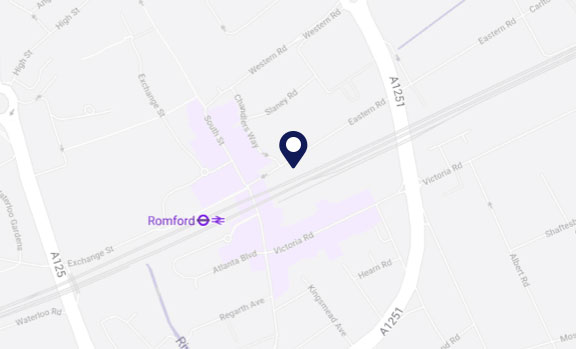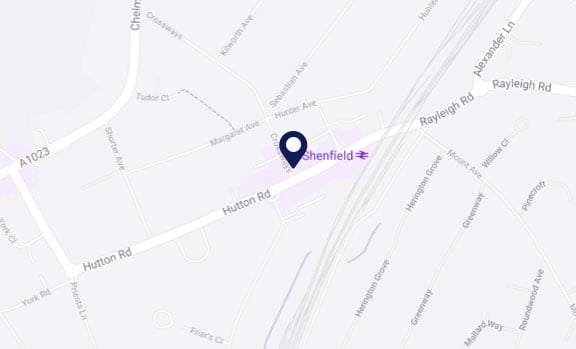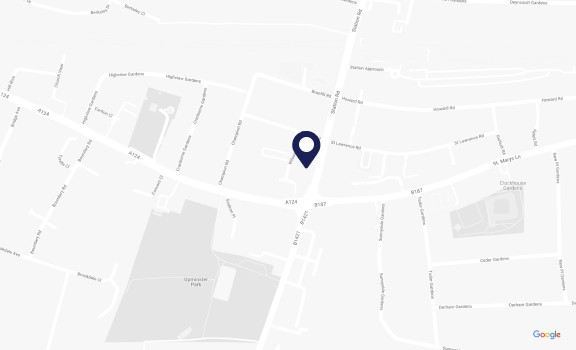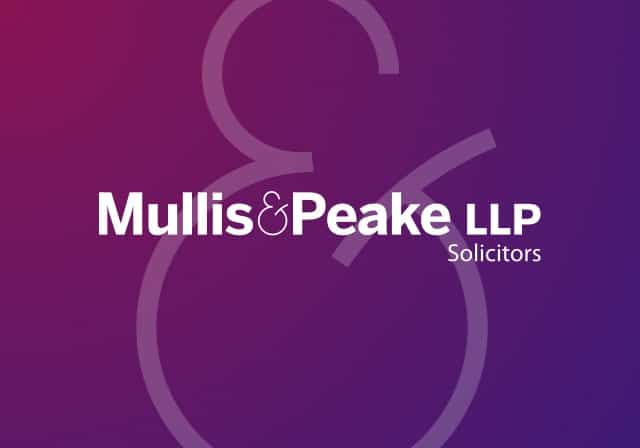Conveyancing is essentially the transfer of real estate between individuals or between different parties, essentially, can be between companies or other organisations. In residential terms, we’re obviously talking about the transfer of houses and apartments, flats. In commercial conveyancing, obviously, that would be the transfer of industrial units, shops, offices, warehouses, and that sort of thing. In the usual sense of the word, market value is agreed for the property between a seller and a buyer, but conveyancing can also happen in other occasions where no money changes hands, for example, parents might decide to gift some property to an adult child, or they may decide to put property in trust.
And, on the death of a legal owner, property will be transferred to a beneficiary by an assent, and all of these are forms of conveyancing where there’s no money changing hands. So essentially, it’s the transfer of property, transfer of real property.
What do we mean by real property? Well, real property essentially is what we would say is a major interest in land. Now, a major interest in land is essentially either a freehold interest or a leasehold interest. There is a third alternative, which is called commonhold, but unlike its name implies, isn’t common at all, so the two major interests that we come across all the time is freehold and leasehold. You will find freehold properties are generally houses and bungalows, that sort of thing. Leasehold transactions will usually involve flats and apartments. That’s not strictly always the case. You can get instances of freehold flats, you can get instances of leasehold houses, but they’re not that common.










